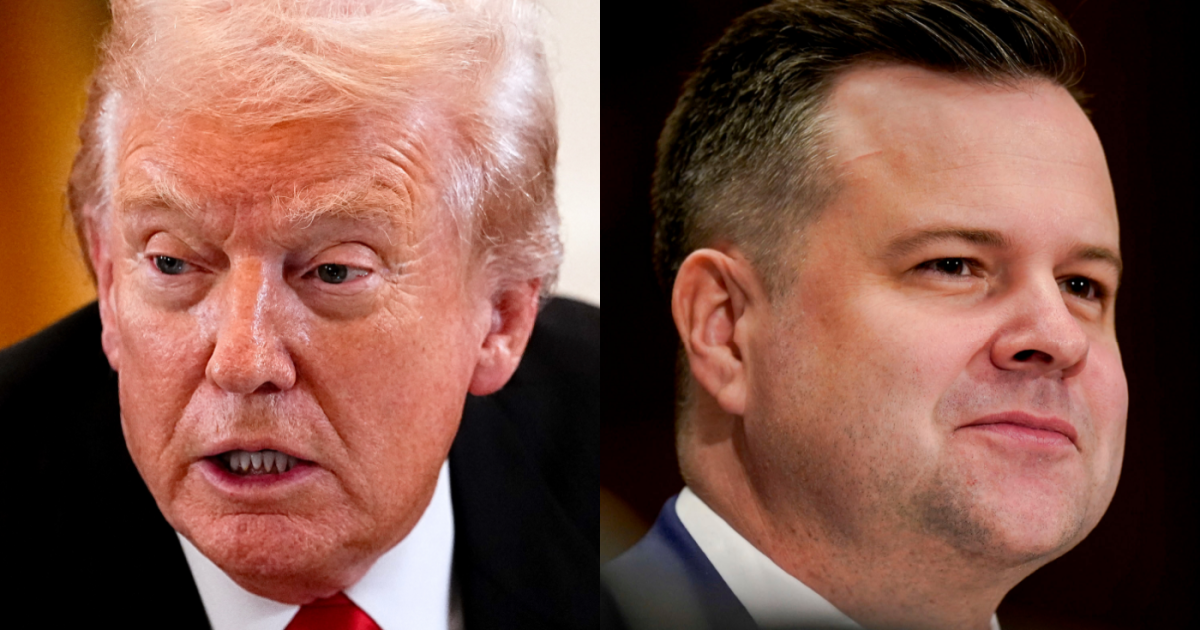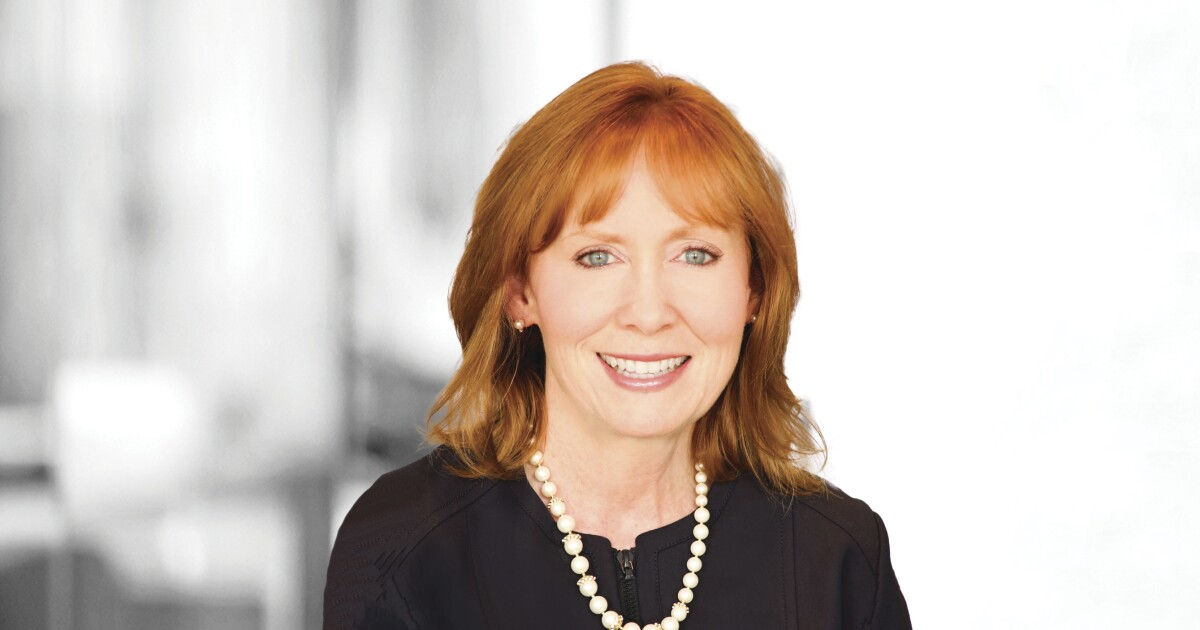
The range of fixed-rate mortgage terms and other outcomes possible through government-sponsored enterprise reform got a lot wider over the weekend.
President Trump and Bill Pulte, the head of the GSEs' oversight agency, used the social media channels they often employ to float ideas in order to advocate for a 50-year mortgage, a concept at the opposite end of the spectrum from those who
The president introduced the idea through
The move adds to a number of
Precedents and tradeoffs in longer-term fixed rate mortgages
The concept is not entirely new. The United States is known for being a pioneer in offering long-term fixed rate mortgages and did add a
Although there are reports of availability from lenders making non-mainstream loans outside of the qualified mortgage definition, the U.S. hasn't broadly offered a 50-year product
The business downside to a 50-year mortgage, and the United State's typical prepayable fixed-rate loan, is that while they lower payment size for consumers, they create a risk management challenge for the lender while handing an advantage to borrowers.
Borrowers with a long-term fixed rate product can refinance into a lower rate at virtually any time the market makes one available, with the exception of some Department of Veterans Affairs loans that have timing restrictions.
That leaves mortgage companies with the risk of losing interest earned on the loan each time it prepays, which is why to this day some former officials and free-market advocates suggest rethinking even the current 30-year fixed rate mortgage.
Other hurdles that would need to be addressed
Challenges in a 50-year mortgage include not only this risk for businesses but also some for consumers, who would pay more over the life of the loan and potentially stay indebted for a longer period of time unless they get an opportunity to refinance.
"It will ultimately reward the banks, mortgage lenders. and home builders while people pay far more in interest over time and die before they ever pay off their home," Rep. Marjorie Taylor Greene, R-Ga.,wrote
Borrowers also accumulate equity more slowly in a 50-year mortgage, potentially delaying their ability to tap it for future expenses. This also delays the rate at which they accumulate "skin in the game" that makes them less willing to walk away from their mortgage due to distress.
Lenders could require 50-year mortgages to have higher loan-to-value ratios to offset this risk, but that may impact the extent to which the product helps with affordability challenges at the qualification stage.
From a secondary market perspective, if the 50-year were to become a loan the GSEs purchase, the enterprises would have to consider how it would be pooled in securitizations and how investors might respond. Ginnie Mae created



